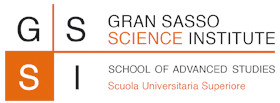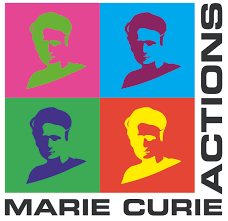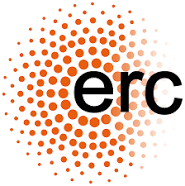| Lecture | Time | Place | ZoomLink |
|---|---|---|---|
| Lecture 1 | 09:00-10:30, 26.05.2025 | Main Lecture Hall, Ex-Isef | |
| Lecture 2 | 10:45-12:15, 27.05.2025 | Main Lecture Hall, Ex-Isef | |
| Lecture 3 | 09:00-10:30, 28.05.2025 | Main Lecture Hall, Ex-Isef | |
| Lecture 4 | 14:15-15:45, 29.05.2025 | Main Lecture Hall, Ex-Isef | |
| Office hours | 16:00-17:00, 28.05.2025 | Main Lecture Hall, Ex-Isef |
Date: 26 May 2025 - 30 May 2025
Time-delays are important components of dynamical systems in engineering, economics and the life sciences, because the transfer of material, energy and information is mostly not instantaneous. Time-delays appear for instance as computation and communication lags, they model transport phenomena and heredity, and they arise as feedback delays in control loops. Since delays have a significant effect on the dynamic behavior of the system, and this effect is not always intuitive, it is important to take them explicitly into account in the mathematical model, which leads to modeling in terms of delay-differential equations.
The aim of the short course is to give an overview of important properties of dynamical systems and networks subjected to time-delays. In the first part, similarities and differences with delay-free systems are highlighted, and an overview of techniques for analysis and control is presented, which fully exploit the delay-structure in the mathematical model. Both frequency domain and time-domain methods are addressed. In the second part of the course, it is assumed, in addition, that the dynamic system under consideration has a network structure. The effects of time-delays in the coupling in relative stability problems, such as the consensus problem of multi-agent systems and the (partial) synchronization of delay-coupled oscillators, are highlighted. Several applications, including vibration control, traffic flow analysis, synchronization of interacting neurons, and control of networked systems, complete the presentation.
During the lectures, attention will be paid to providing intuition and insight into the presented mathematical results, to perspectives and generalizations (including, e.g., generalizability of spectrum-based tools to generic nonlinear eigenvalue problems).



